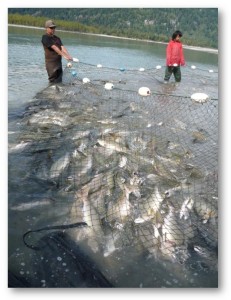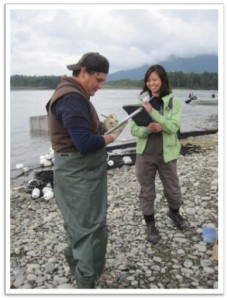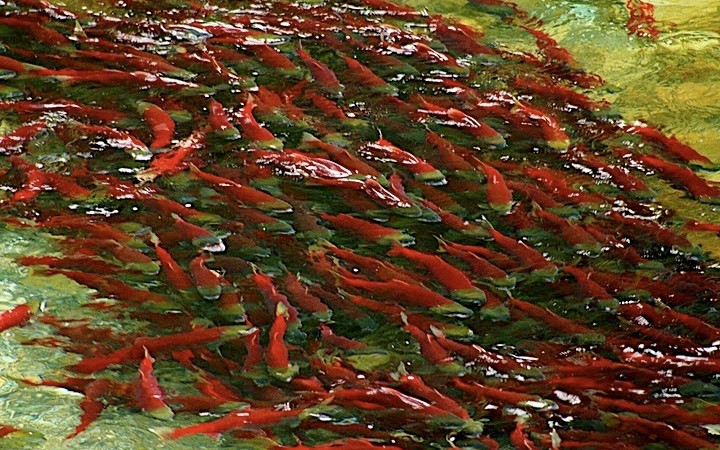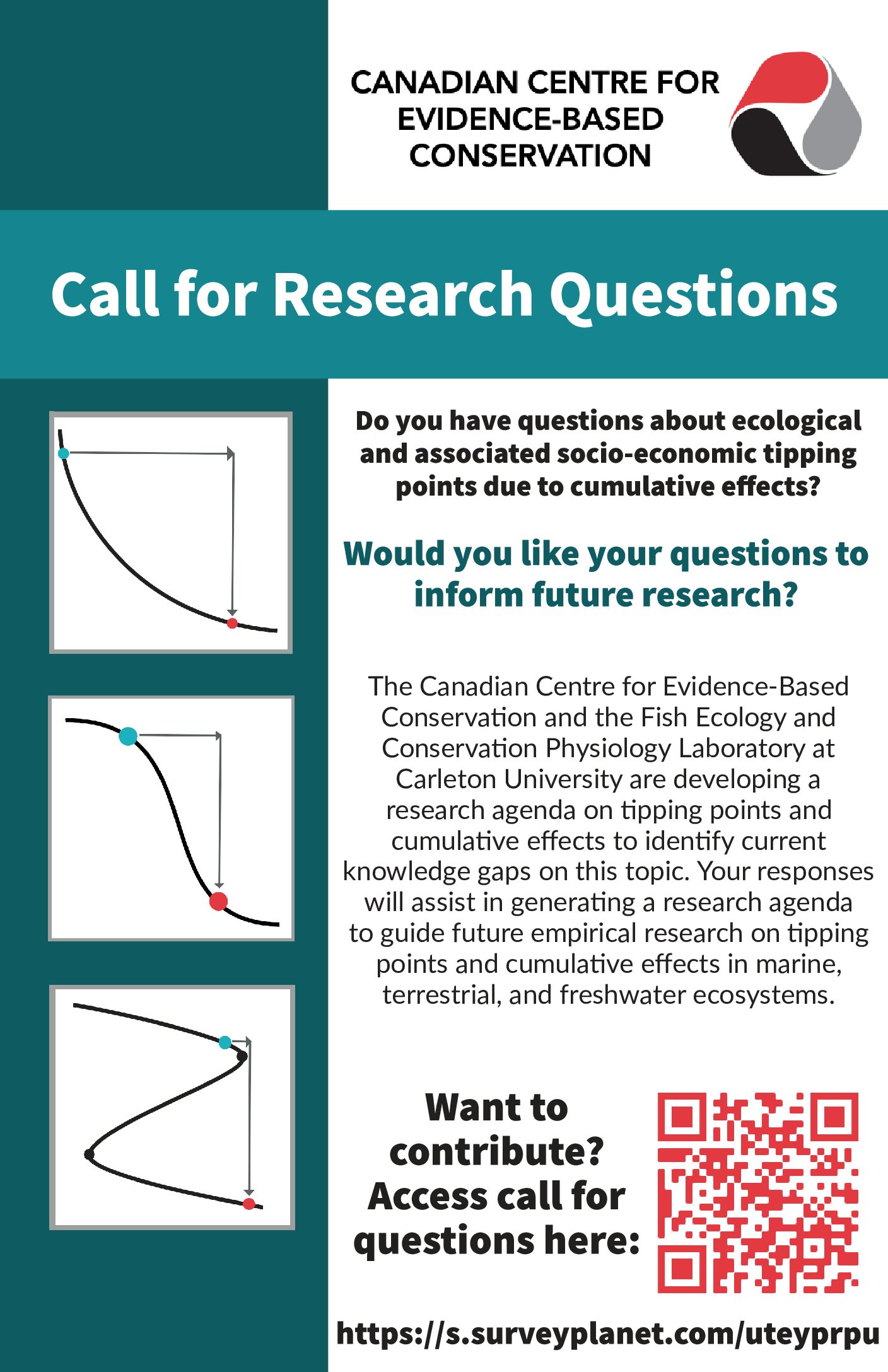Funded By
NSERC and Ocean Tracking Network
Research Team
Dr. Nathan Young, University of Ottawa
Marianne Corriveau, University of Ottawa
Dr. Chuck Krueger, Great Lakes Acoustic Telemetry Observation System (GLATOS)
Dr. Scott G. Hinch, University of British Columbia
David Patterson, Department of Fisheries and Oceans
Dr. Steven J. Cooke, Carleton University
Vivian Nguyen, Carleton University
Research Summary
Electronic tagging technology has proven to be a powerful tool to study animal movement, migration and habitat use by allowing researchers to track free moving animals in the wild and over great distances in both aquatic and terrestrial ecosystems. Information on the movement of aquatic species and the use of electronic tagging technology (ETT) tools to access this knowledge is growing at an unprecedented rate. As information and databases grow and improve, they will be of increasing value for informed decision-making and will be a necessary go-to source for end-users.
ETT data have the potential to provide knowledge needed to address key management and conservation problems that will ultimately benefit not only the world’s biodiversity but also society and the economy. With the vast improvement in tracking technology, knowledge gaps that could not be filled previously can be addressed. Questions that arise with the development and use of ETT include: Are fisheries managers ready for integrating potentially “game-changing” information/knowledge? How can new ETT information be integrated into developing more sustainable management practices? What are the potential barriers to mobilization of such data?

Our research team is collaborating with social scientists from the University of Ottawa, Pacific salmon ecologists from University of British Columbia, and GLATOS to evaluate the potential impact of ETT information and knowledge on fisheries management and conservation regimes of Pacific salmon in the Fraser River and other important fish in the Great Lakes. We are interviewing individuals at the institutional level and other social science approaches to understand the movement of knowledge generated by ETT data from the source to the end-users.

Outcomes from the interviews will assist fisheries management in facilitating changes to current policies and management practices. We hope to identify barriers and facilitators in the uptake of scientific information and address the “science-action gap” that is increasingly recognized in the literature. Not only will this research provide data to address pressing fisheries management issues (such as harvest regulations, mortality estimates, warming temperatures), but it will serve as a model for the “scientific community” when producing “new” knowledge. Furthermore, information from this study may also serve as a model for other electronic tagging programs that are used to study animal-environmental interactions, conservation science, and animal resource management. In addition, the high involvement and engagement with the number of stakeholders in this study not only generates data, but also creates a relationship between scientists and non-scientists and becomes in itself an outreach activity.






